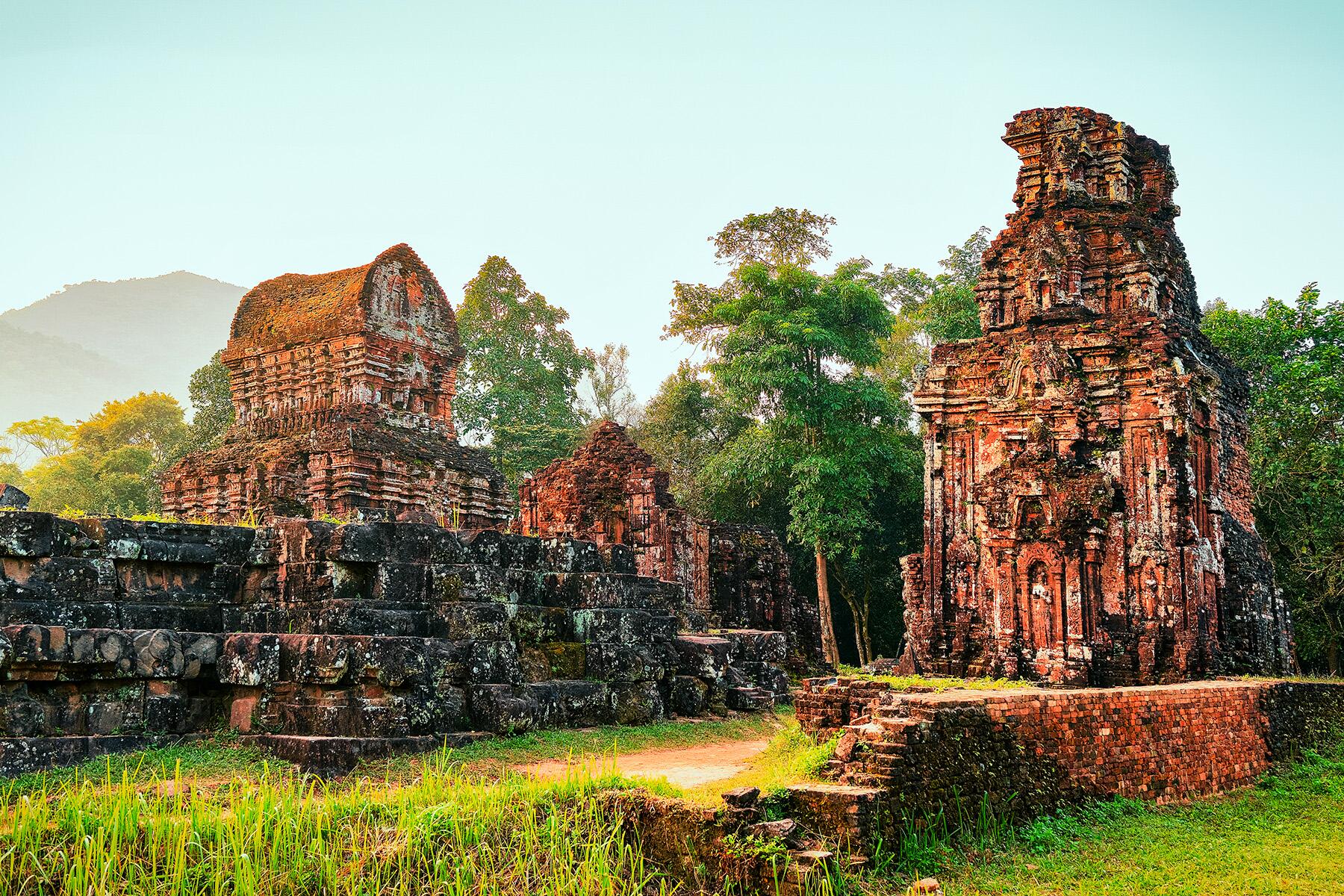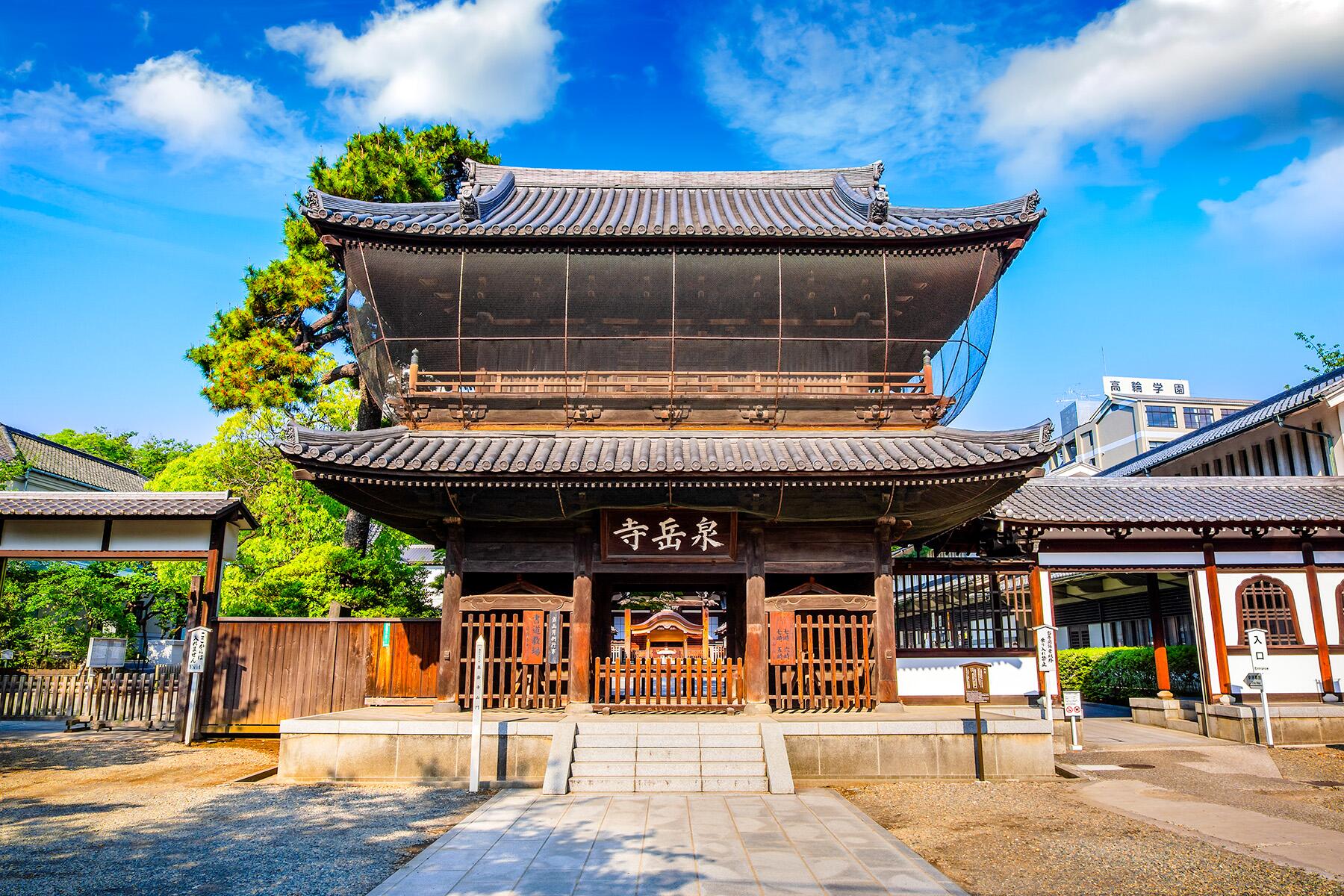Mexico has the most active Guinness World Records in Latin America, and Guadalajara contributes generously to the burgeoning list.
Ever wondered where the world’s largest simultaneous lasso twirling took place? That would be in Guadalajara, Mexico’s second-largest city. This history-rich metropolis is the capital of Jalisco, a Mexican state with many “firsts.” Tequila was invented there, and it’s also the birthplace of mariachi and charrería, the local tradition of rodeo and horsemanship that became the national sport in 1933. Guadalajara has a spot on many covetable lists, but perhaps the most surprising is the city’s collection of quirky Guinness World Records.
From using 66 pounds of glue to create the world’s largest bead mosaic image to the largest gathering of lavishly adorned female rodeo queens between the ages of five and 50, Guadalajara currently boasts about a dozen Guinness World Records. Delightfully, many of these feats were achieved during the annual International Mariachi and Charrería Festival to flaunt the city’s proud heritage. Read on for a chronological showcase of these outstanding accomplishments that make Guadalajara one of the best places to experience Mexican traditions.




